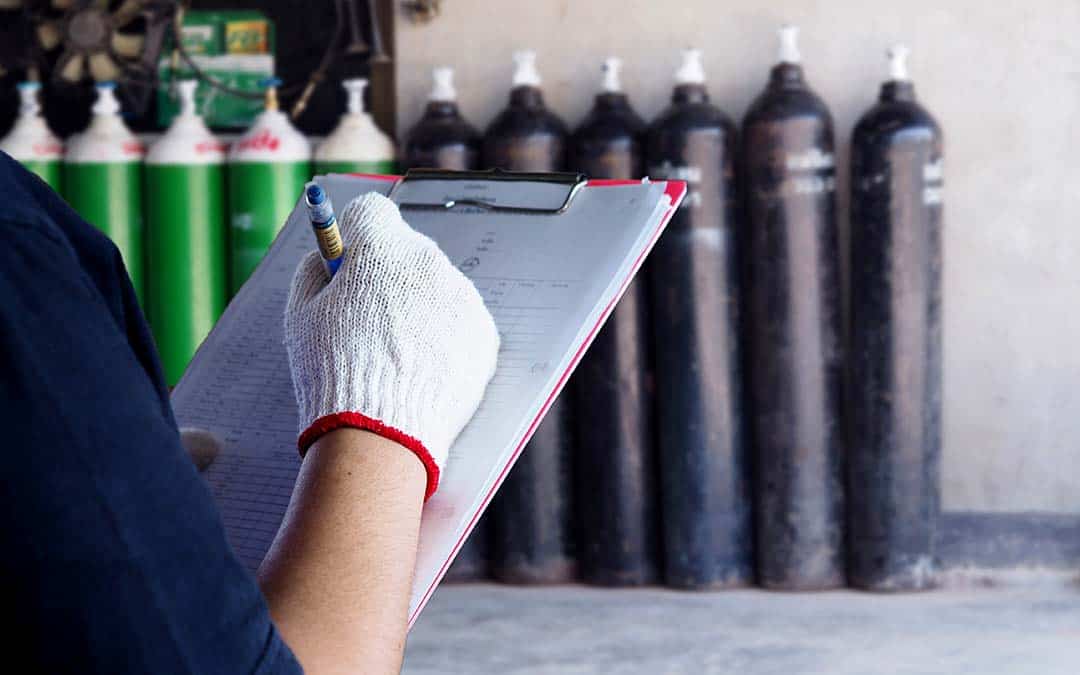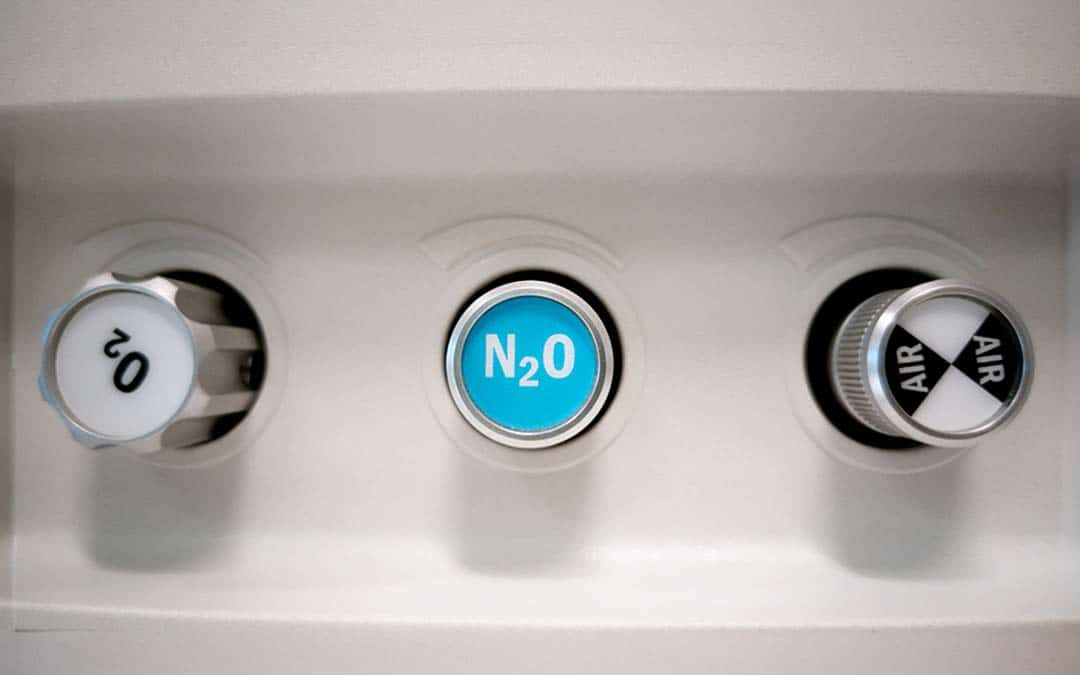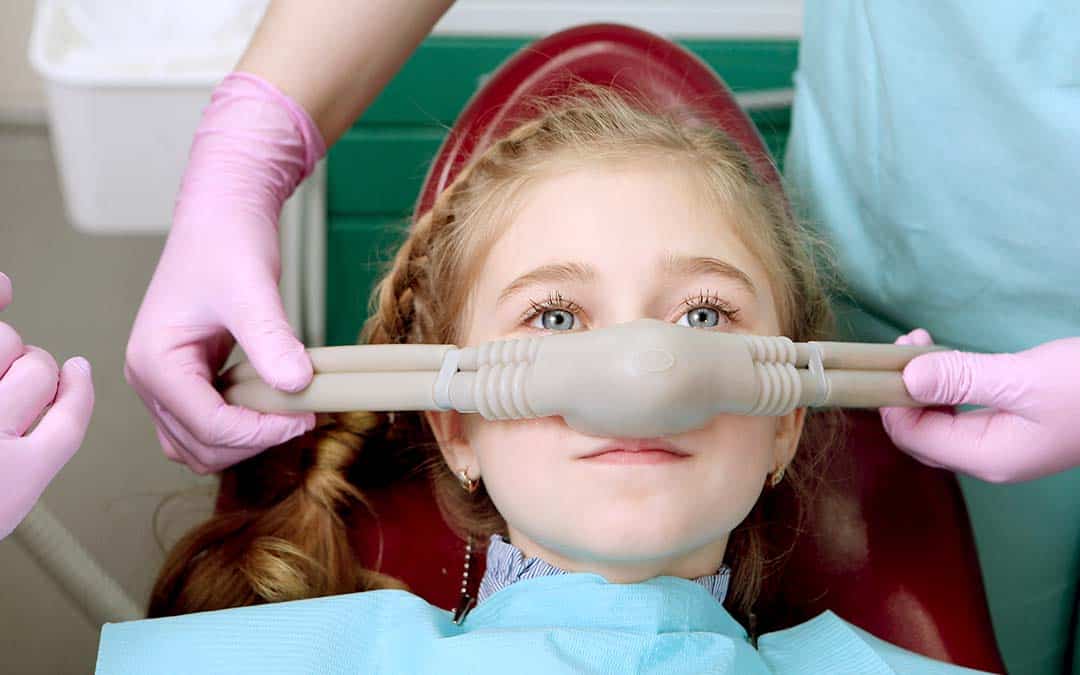While pain and discomfort can be inevitable parts of childhood, a pediatrics and emergency medicine professor and researcher in Canada believes that nitrous oxide can prevent children in the ER from suffering unnecessarily. The methods of providing effective pain relief for children must, of course, be safe, easy to administer, and minimally invasive–and nitrous oxide has gained attention in recent years for fitting the bill. A recent article from MedicalXpress examines the work of Samina Ali, a medical professional who has been investigating the successes of Canadian ERs that use nitrous oxide to relieve pain in children.
The Power of Nitrous Oxide
Nitrous oxide has a long history of use in dental and medical procedures, primarily for its mild sedative and analgesic properties. It is inhaled through a mask, making it a non-invasive and easily administered option for children. Nitrous oxide also offers a safer alternative to some other pain relief options when administered by a licensed medical professional. Its rapid onset and offset of action allow for precise control over the sedative effect, reducing the risk of over-sedation and adverse side effects.
“By using nitrous oxide, which doesn’t involve a needle and doesn’t involve having to swallow a medication—both of which can be tremendously challenging for children—we’re able to manage their pain in a way that’s less invasive and contributes to less stress for them,” says Ali, who is also a member of the Women and Children’s Health Research Institute and a co-author of Canada’s first national pediatric pain management standard, released this year.

Less Stress, More Comfort
One of the primary benefits of using nitrous oxide in pediatric pain management is its ability to reduce anxiety and stress. Medical procedures can be overwhelming for children, leading to increased pain perception and emotional distress. Nitrous oxide not only alleviates pain, but also creates a calming effect, making the entire experience more comfortable and less traumatic.
A lack of careful pain management in children at the ER can create a ripple effect beyond just calming children and relieving their parents’ stress. According to Ali, 1 in 10 adults suffers from needle phobia, a condition that can include both psychological and physiological symptoms. “It’s a real problem,” says Ali, “and it starts in childhood. We’ve seen the results of needle phobia with COVID. When we asked adults, ‘Why aren’t you getting your vaccines?’ a good number of them said it was because they didn’t like needles.”

Lack of Use Globally
The benefits of treating a child’s pain with nitrous oxide during emergency procedures heavily outweighs the risks, for health care providers and patients alike, says Ali. It works, it’s safe, and it can be administered quickly and conveniently, which is of critical importance in situations where time is of the essence.
Despite this, a recent survey by the PERC researchers shows that “less than half of Canadian pediatric emergency physicians are using nitrous oxide to treat children’s pain and distress in the emergency department, mostly because it wasn’t available at their site.”
“Part of this process is sharing the knowledge with families so they are empowered to advocate for their child and ask about using nitrous oxide for pain and anxiety,” Ali says. She says she hopes to share her research more widely and advocate to increase the popularity of this procedure in the coming years.
As a provider of medical nitrous oxide with decades of experience under our belt, CalOx strongly supports innovative uses of this gas to relieve pain and suffering.
